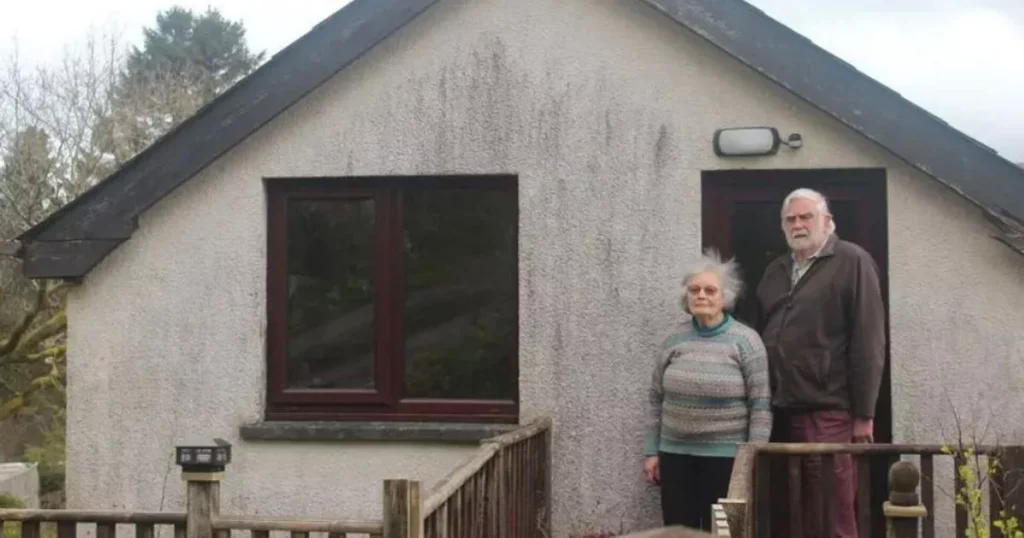Tony Jukes received a council tax bill from Carmarthenshire County Council for a granny flat in Gelli Aur, near Llandeilo, south Wales, which the council considered a second home. The flat had been subject to business rates and rented out previously, but Tony requested to remove it from business rates due to new regulations in Wales and his wife’s health condition. However, the council added a 50% premium for second homes to his council tax bill. Tony planned to remove cooking facilities from the flat in hopes of getting an exemption from council tax.
Despite Tony’s efforts to remove the granny flat from business rates, Carmarthenshire Council sent him a council tax bill for the flat, separate from the bill for his cottage. The council considered the flat a second home due to its separate entrance and amenities. Tony was shocked by this development as he had considered the flat an extension of his cottage. He had obtained planning consent to include the granny flat when he extended his cottage over 20 years ago. Despite discussions with the council, he received bills for both the cottage and the flat, with a 50% premium for the latter.
The granny flat was accessed through a separate entrance from the main house and consisted of a kitchen, bathroom, and living room-bedroom. Tony had registered it for business rates and rented it out as a holiday let previously but stopped during the pandemic and had not resumed. New regulations in Wales had tightened eligibility criteria for self-catering accommodation, making it liable for council tax if not eligible for business rates. Tony sought to modify the flat, turning the kitchen into a utility room to avoid the higher tax bill.
According to Carmarthenshire County Council, the Valuation Office Agency determined a separate valuation for the granny flat, subjecting it to council tax as a second property. The council had been in discussions with Tony and requested a layout change in the flat to consider merging it with the main property. Tony disagreed with the categorization of the flat as a second home and felt the taxation system unfairly targeted those with multiple kitchens. He believed those using second homes for extended family should not be penalized.
The Welsh Government’s tightening of business rates eligibility for self-catering accommodation aimed to ensure fair contributions to local areas. At the same time, councils in Wales could increase council tax premiums on second homes. Carmarthenshire Council had assessed Tony’s situation and requested modifications to the flat’s layout to potentially merge it with the main property. Tony planned to comply with the council’s request and hoped to avoid the additional tax bill for the granny flat by converting the kitchen into a utility room.
Despite the confusion over the granny flat’s categorization and tax implications, Tony remained in discussions with Carmarthenshire Council to resolve the issue. He expressed concerns over the broader impact of the taxation system on those with multiple kitchens and farmers diversifying into self-catering accommodation. The situation highlighted the complexities of local taxation regulations and their consequences for property owners, emphasizing the importance of clear guidelines and communication between councils and residents to address such challenges effectively.


